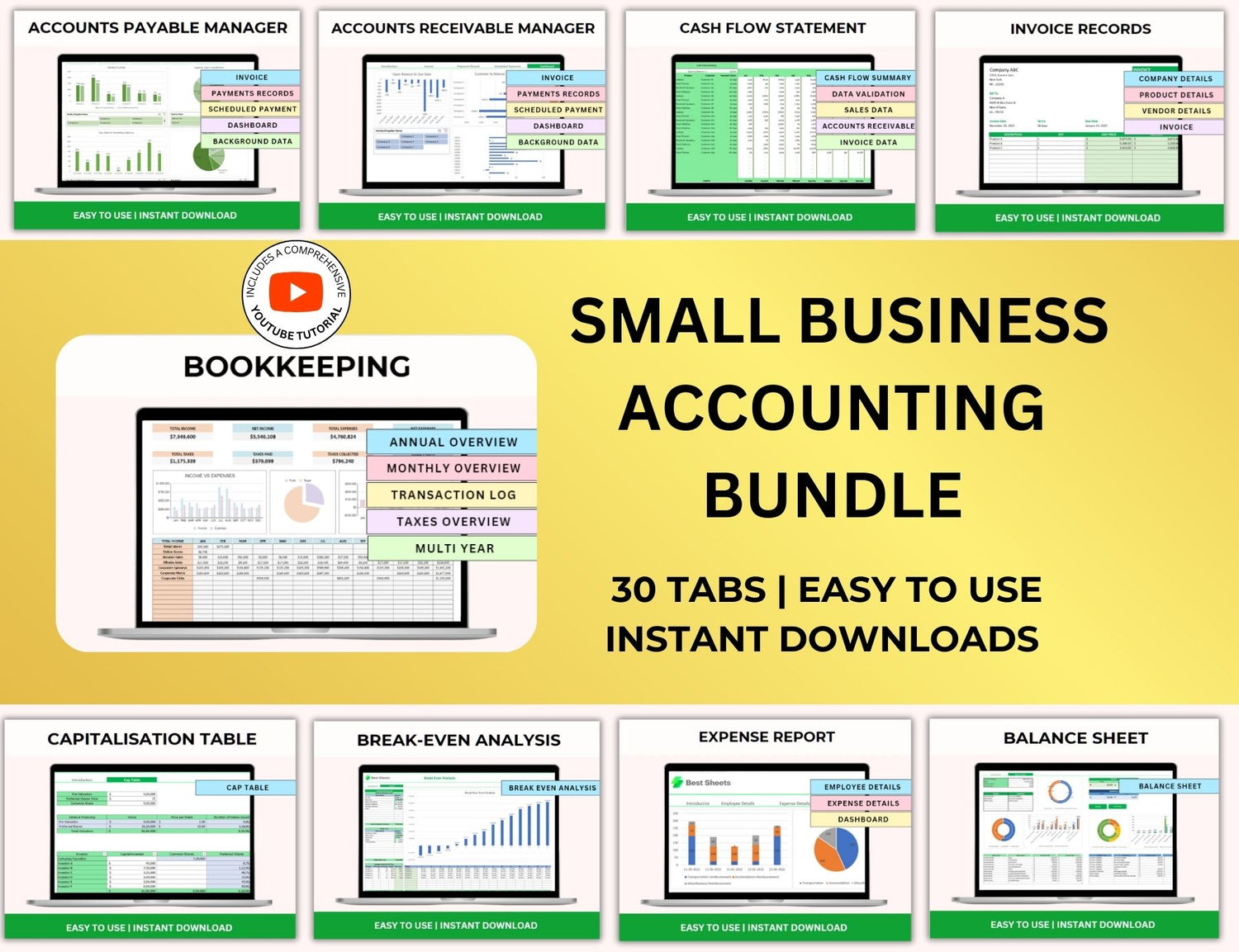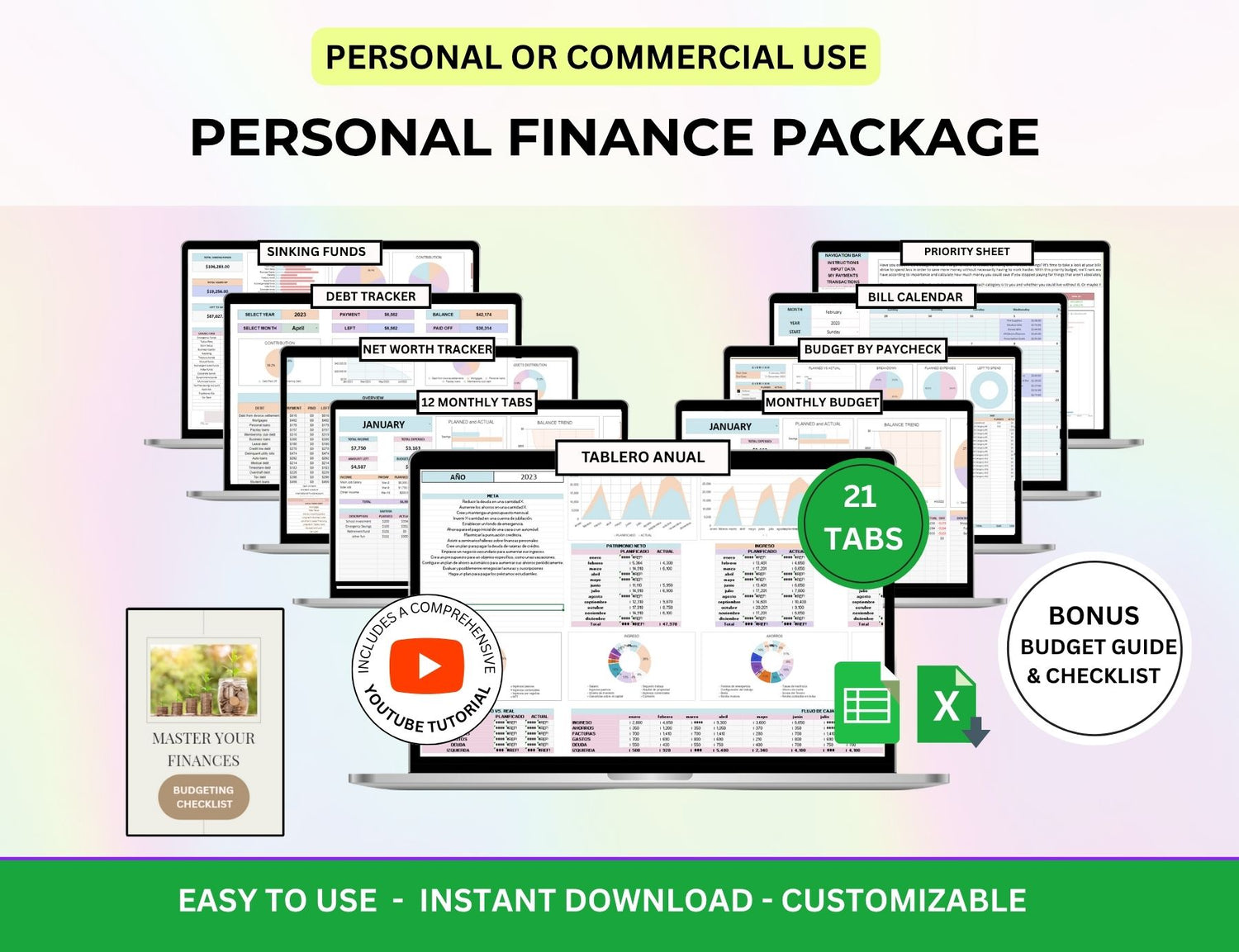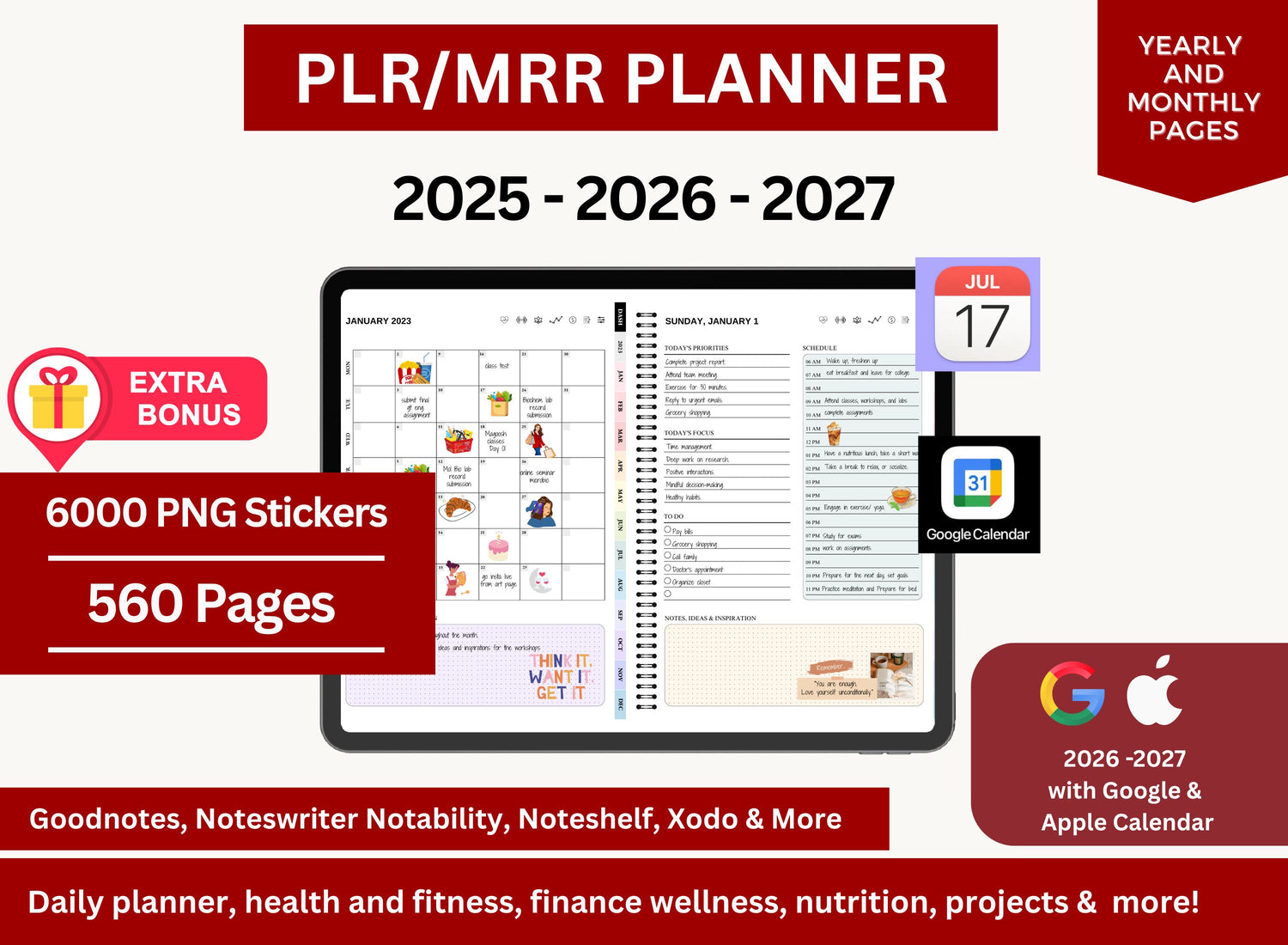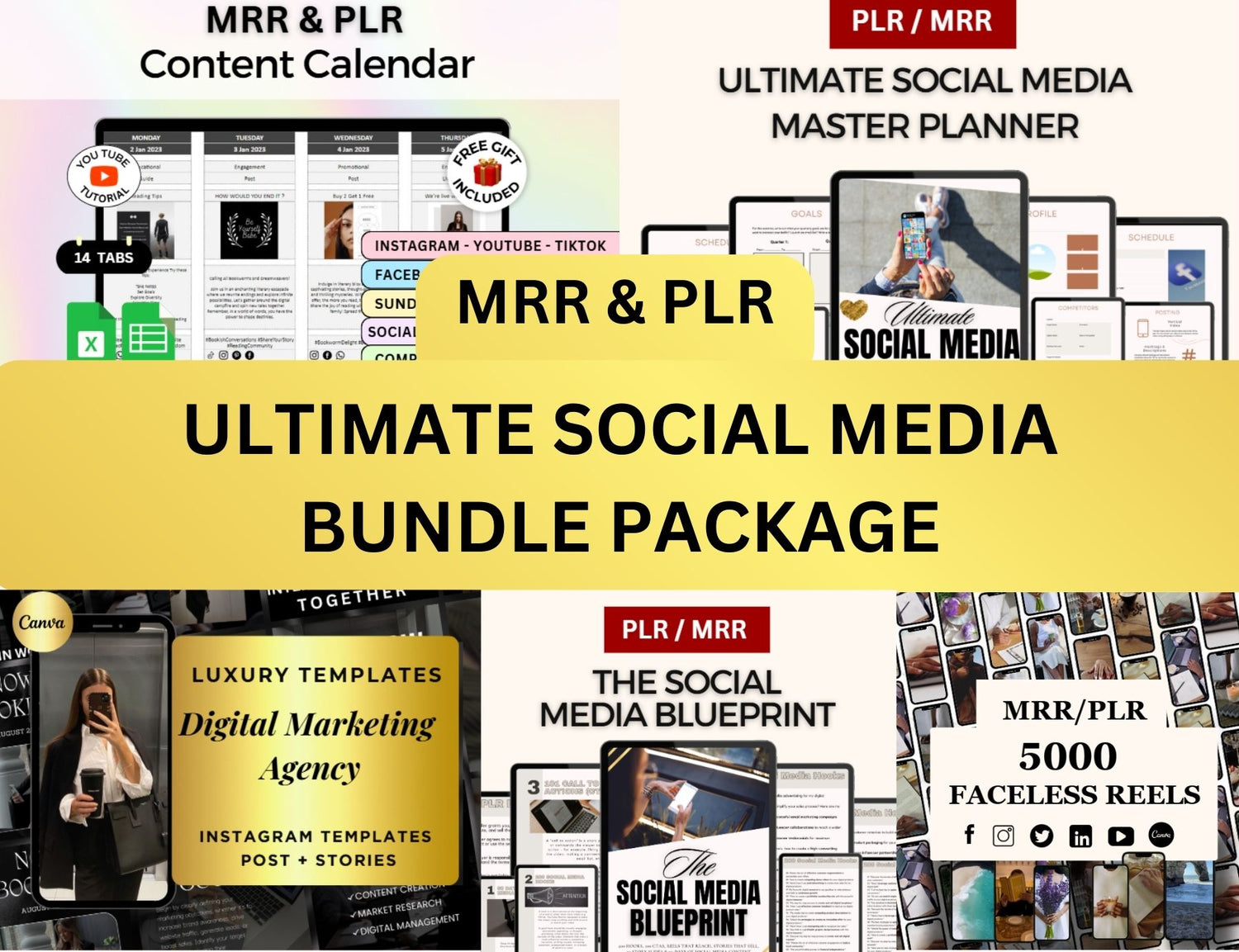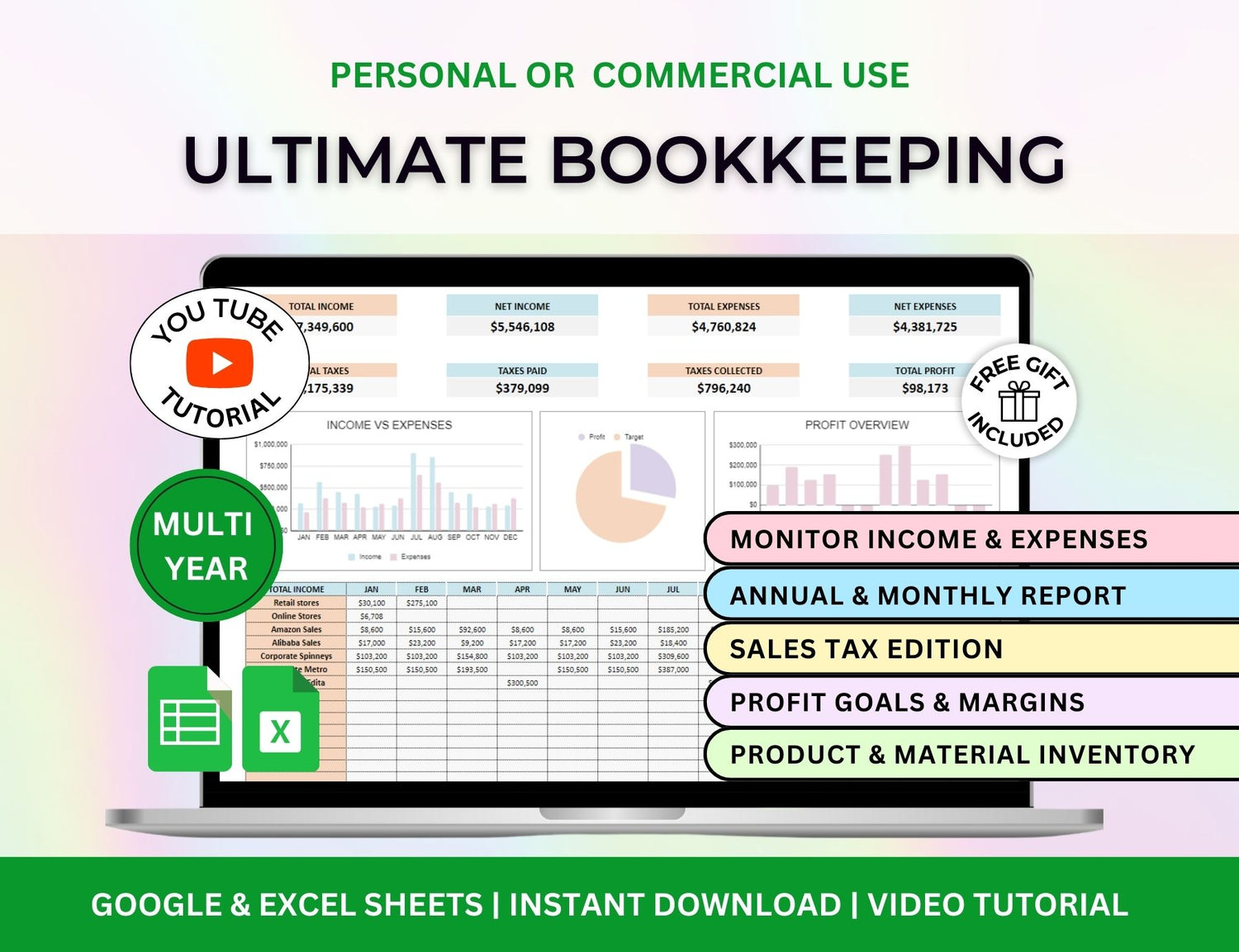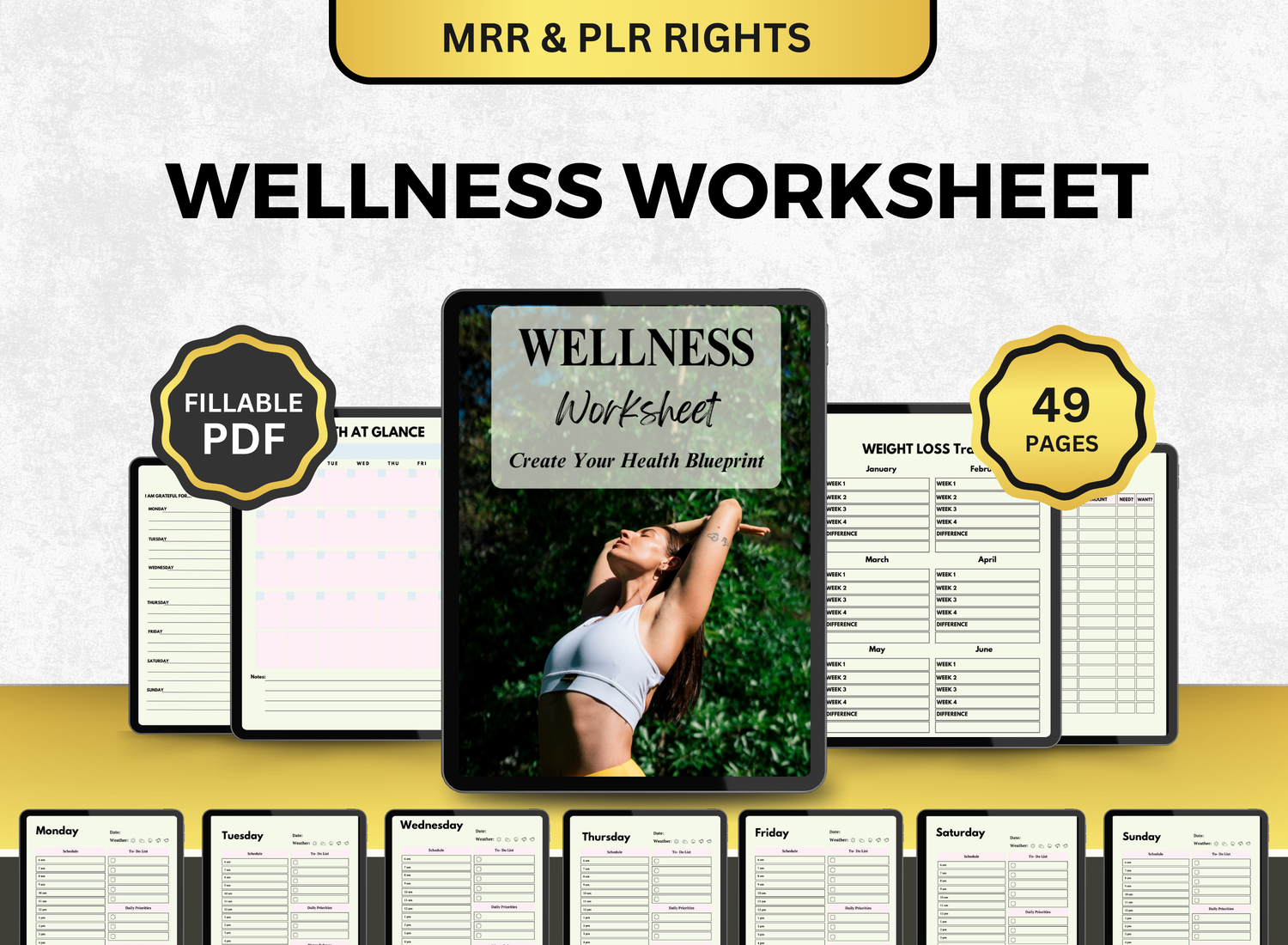Top 5 Project Planning Tools in 2025
Project planning has always felt like a balancing act. You're managing expectations, juggling deadlines, and (let’s be honest) trying to look like you’ve got everything under control, even when things are kind of… not. In 2025, the landscape is packed with tools that promise to help you do it better, faster, and with fewer breakdowns. But with so many options, how do you choose what actually works?
I’ve gone down a few rabbit holes testing different platforms—some great, some kind of overwhelming, and others that honestly made me miss the days of just scribbling stuff on sticky notes. This list isn’t just about what’s popular, but what actually helps. And more importantly, what makes sense for real people trying to manage real projects—whether you're leading a small team, freelancing solo, or just trying to keep your side hustle from collapsing under its own weight.
Let’s talk about the five project planning tools that are genuinely worth your time in 2025.
TL;DR
| Tool | Why It Stands Out | Best For | Pro Tip |
|---|---|---|---|
| ClickUp | All-in-one beast with tasks, timelines, Gantt charts & deep customization | Teams who want everything in one place | Start with a template to avoid overwhelm |
| Excel | Still king for control freaks. Paired with the right templates, it’s wildly powerful | Solo planners, freelancers, spreadsheet pros | Grab a pre-made template bundle for plug-and-play ease |
| Notion | Beautifully flexible; build your own planning system from scratch | Creatives, solo founders, design-minded teams | Use community-made templates to skip the blank page panic |
| Smartsheet | Excel meets automation. Great for visibility & dependencies without the fluff | Operations teams, structured planners | Import your Excel Gantt chart for instant scheduling power |
| Trello | Lightweight, visual, and beginner-friendly (still!) | Small teams, visual thinkers, side hustlers | Keep it simple—don’t Power-Up yourself into chaos |
1. ClickUp
Let’s just start with the big one. ClickUp has basically cemented itself as the “do-it-all” solution. If project planning tools were kitchens, ClickUp is the kind with a walk-in pantry, an espresso machine, and maybe even a robot vacuum rolling around in the background.
It handles everything from task assignments to time tracking to Gantt charts (yes, in full Gantt chart format), and it’s surprisingly customizable. Like, almost too customizable at times. I’ve had moments where I just wanted to throw in a simple task, but I ended up spending 15 minutes deciding which view—Board, List, Gantt, Timeline—I should use. A bit of a paradox, really. The flexibility is its strength, and sometimes also its downfall.
Best for: Teams of all sizes, especially if you want an all-in-one platform.
Pro tip: Use it with a pre-built project management plan template (like those Excel ones you can get online) to reduce setup time. Seriously, it helps.
(Sample of the project timeline tab in a project management spreadsheet.)
2. Microsoft Excel (Yes, Still)
I know. Not the flashiest. But Excel refuses to be dethroned, and for good reason. It’s like the reliable friend who shows up with snacks and doesn’t need constant attention. In 2025, it’s still one of the most used project planning tools—especially for people who love having full control.
With the right project plan template Excel, you can track deliverables, set up your own Gantt chart Excel, and manage a full-on project tracker Excel template with zero subscriptions and no steep learning curve. The learning curve, I guess, already happened back in high school.
And the best part? You don’t need to build anything from scratch. There are templates for project schedule template Excel, Excel task tracker template, and even ones that look shockingly similar to what you’d find in pricey SaaS tools.
One example I really liked was from PLR Duck’s project management template bundle. It's a clean, well-organized pack of Excel tools—Gantt charts, project timeline planners, tracking sheets—and it's designed for people who don’t want to spend hours formatting cells or messing with formulas. It’s the kind of bundle that can quietly boost your productivity without needing a login or internet connection. Sometimes, simple really is better.
Best for: People who want control, flexibility, and a low-tech solution that still works.
Pro tip: Combine Excel with cloud storage (Google Drive, Dropbox) so your files stay synced across teams.
(Project management tracker with integrated Gantt chart, available in MS Excel.)
3. Notion
Ah, Notion. The minimalist’s dream—and also the over-organizer’s playground. I feel like Notion is where project management meets aesthetic obsession. Which, to be fair, kind of works.
It’s more of a project planning canvas than a traditional PM tool. You start with a blank space and build your system from the ground up. That might sound amazing to some, or incredibly stressful to others. If you’re the type who loves creating a color-coded project schedule template from scratch—this is your happy place.
You can embed timelines, create databases, drop in a project management template PPT-style roadmap, and basically make it look however you want. But you’ll need to do some upfront work. Or borrow a free template online (there are thousands now). Some people swear by it. Others never quite get the hang of it. I waffle between both camps, honestly.
Best for: Creative teams or individuals who want total freedom to design their own system.
Pro tip: Start with a template. Seriously. Start with a template.
4. Smartsheet
If Excel and ClickUp had a very organized, slightly Type-A baby, it would be Smartsheet. And I mean that as a compliment. It takes the spreadsheet format that everyone understands and layers it with project management power—dependencies, automated workflows, notifications, dashboards, and yes, beautifully structured Gantt chart templates.
It’s been around a while, but in 2025, Smartsheet feels more refined and focused than ever. Especially for businesses that need to juggle multiple complex projects without losing visibility across departments.
The thing I appreciate most? It doesn’t try to be too clever. The interface feels like a spreadsheet, so there’s very little friction if you’re switching from Excel. But everything is connected under the hood. Change one date, and dependent tasks shift automatically. It’s deeply satisfying.
Best for: Operations teams, large projects, or Excel fans who want more automation.
Pro tip: Use Smartsheet with your existing project plan template or upload a Gantt chart Excel file to quickly spin up a live project schedule.
(Sample of a net worth tracker's dashboard.)
5. Trello (Still Going Strong)
Trello is like the gateway tool. It’s where a lot of people first realize, “Oh, maybe I should plan this out before everything spirals.” It uses boards and cards—simple, visual, easy to understand.
Even in 2025, Trello hasn’t lost its charm. Sure, it doesn’t have built-in Gantt charts or enterprise automation, but it now integrates better with tools like Zapier, Slack, and even Google Sheets. You can layer in features as you go. Kind of like adding spices once the dish is halfway done.
Personally, I use Trello for high-level planning—content calendars, product launches, even weekly chore lists (don’t judge). But I know teams using it for full-blown agile sprints and client work. It’s lightweight, but not shallow.
Want a Gantt chart? There’s a Power-Up for that. Need to track timelines? Add a project schedule template using one of the calendar views or an external link to your project tracker Excel template. It plays well with others.
Best for: Small teams, freelancers, and people who like visual planning.
Pro tip: Don’t overcomplicate it. Trello works best when it’s simple.
(Sample of a content calendar for social media.)
Bonus Thoughts (Because Lists Are Never Just Five)
Okay, so narrowing it down to five felt kind of limiting. There are a few honorable mentions that are still worth exploring depending on your needs:
- Asana: Great for task management and team collaboration. Kind of like ClickUp, but with fewer knobs and dials.
- TeamGantt: If you’re just here for the Gantt charts and want the cleanest Gantt chart format out there.
- Airtable: Sort of like Excel meets Trello, with a sprinkle of database magic.
- Google Sheets: Free, cloud-based, and with the right project management template, just as powerful as Excel.
Also, if you’re overwhelmed by choices, you might just need a better system rather than a better tool. That’s where templates come in.
Whether it’s a simple project plan template Excel, a project management schedule template, or even a project management template PPT for presentations—starting with something structured helps you get moving. Especially when you’re staring at a blank dashboard wondering where to even begin.
I’ve used pre-made and pre-formatted project management templates more than once when I needed a done-for-you setup that just worked. They’re surprisingly versatile, and once you tweak them to fit your workflow, they save hours you'd otherwise waste on formatting or fiddling with formulas. No bells and whistles—just clean, useful templates that keep your project on track.
(Sample of a profit and loss tracker for project management, available for Google Sheets.)
No tool is perfect. And honestly, no tool ever will be.
Sometimes you’ll find yourself switching between platforms, mixing digital tools with handwritten notes, or Frankensteining three systems together just to make it through a busy quarter. That’s okay. Project planning isn’t about finding the one, it’s about finding what works right now—for this project, with this team, at this stage.
Some weeks, you might need the full power of ClickUp or Smartsheet. Other times, a solid Excel task tracker template does the job just fine. Don’t overthink it. Use what makes sense, and don’t be afraid to switch things up.
Just… try not to plan your project inside of six different tools at once. That’s where madness lives.






